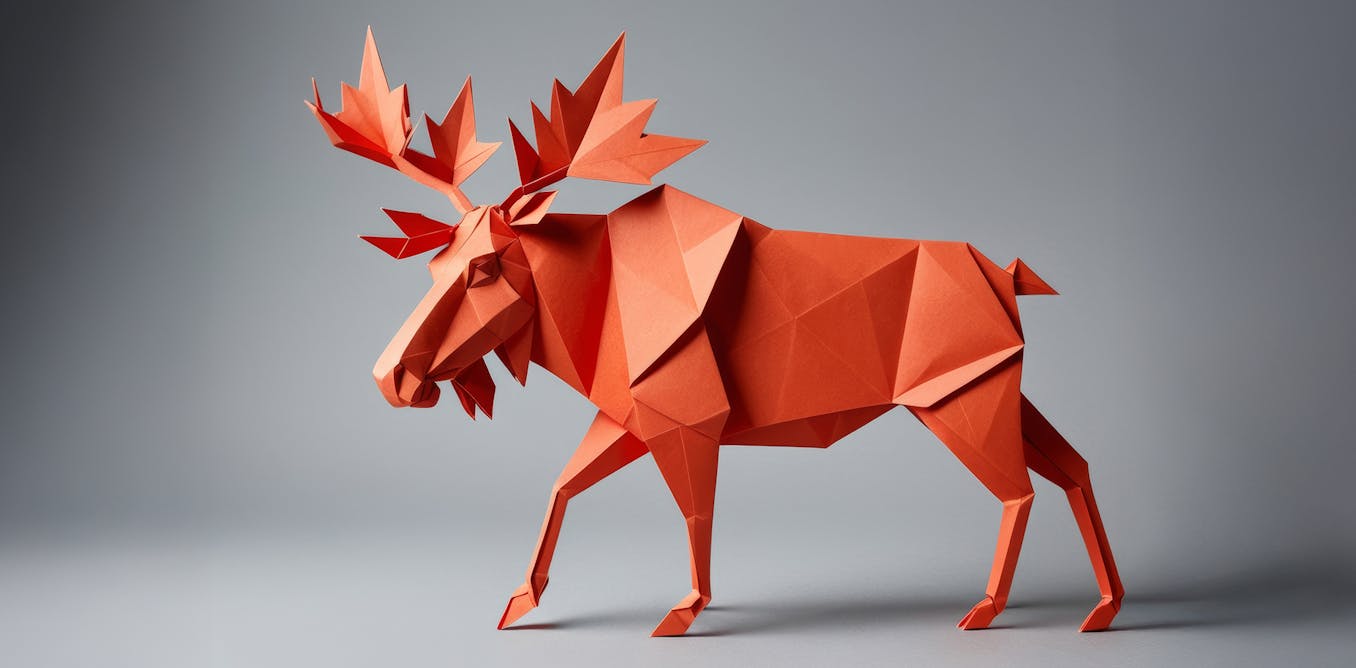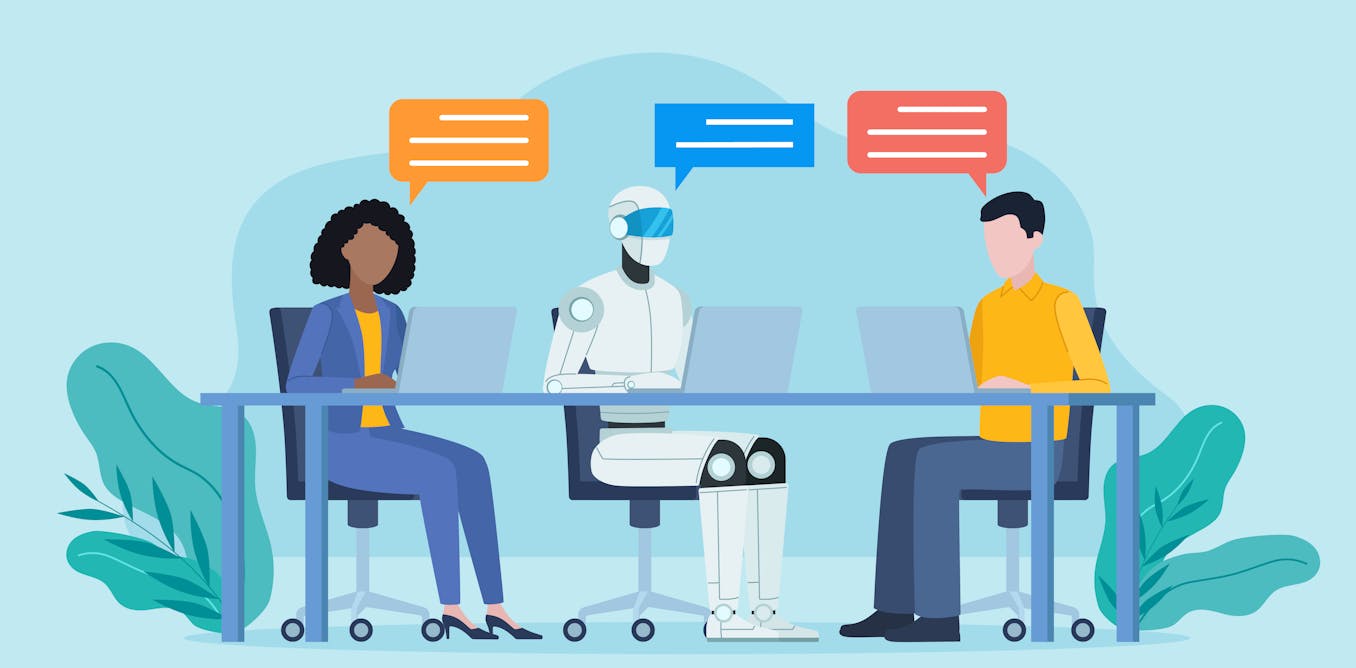News briefs for the week take a look at the IFR’s forecast for Top 5 Trends in Robotics for 2024, how Covariant is marrying a ChatGPT-like chatbot to a smart cobot, how MODEX showed off eight cobot debuts of which Schneider Electric’s Lexium is an exemplary case study, and Staples trying to stay more than relevant contracting with RightHand Robotics to pitch in with its automation prowess.
IFR: Big year for cobots!
The International Federation of Robotics (IFR) has made five big predictions for robots in 2024. Each of the five looks to be as exciting as they are doable and should have major impact on global robotics.
However, of the five, the cobot features in four, which is remarkable because annually for the past decade cobots have not sold over 7% of worldwide robotics annual totals. The IFR Top 5: AI & Machine Learning, Cobots in New Applications, Mobile Manipulators, Digita Twin, and Humanoids.
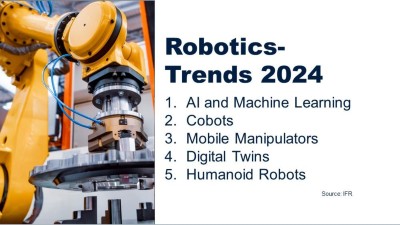 Cobots expanding to new applications is already shaping up for a big year. Aside from its well-known manufacturing uses, the cobot, matched to AI/ML has now moved into key positions with lab discoveries for big pharma, found new chemicals, assisted with new medicines, vital medical procedures, and joined with AMRs as new work buddies while sitting atop the automated mobile robots. But, it’s clear that the cobot is not anywhere near finished with applying itself to new jobs and functions.
Cobots expanding to new applications is already shaping up for a big year. Aside from its well-known manufacturing uses, the cobot, matched to AI/ML has now moved into key positions with lab discoveries for big pharma, found new chemicals, assisted with new medicines, vital medical procedures, and joined with AMRs as new work buddies while sitting atop the automated mobile robots. But, it’s clear that the cobot is not anywhere near finished with applying itself to new jobs and functions.
“Human-robot collaboration,” says the IFR, “continues to be a major trend in robotics. Rapid advances in sensors, vision technologies and smart grippers allow robots to respond in real-time to changes in their environment and thus work safely with human associates.”
The IFR says it’s confident that the cobot will become a complement to workers and not a job stealer. As evidence, it cited the new cobot entry into welding. With the U.S. alone needing 400,000 welders over the next decade, with not many workers signing up to take on the task, cobots will fill the void working side by side with humans.
As shortages of workers continue to mount up in the skilled trades, more cobot/worker collaborations might well be an ever-rising trend.
Cobot combined with chatbot
Sourcing a multiplicity of elements from labor in the physical world, Emeryville, CA-based Covariant has built what it calls the Covariant Brain, which is used to control robots and cobots. A kind of universal AI platform for robots, if you will.
As Covariant described it: “It’s a universal AI to give robots the ability to see, reason and act on the world around them. Bringing AI from research in the lab to the infinite variability and constant change of our customer’s real-world operations.”
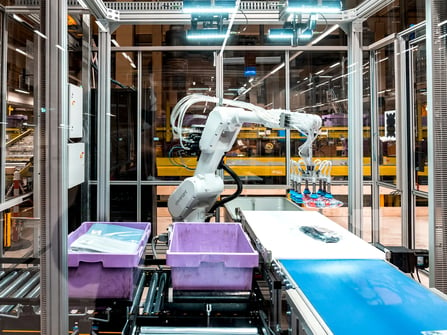 “At Covariant, we believe that the next major technological breakthrough lies in extending these advancements into the physical realm. Robotics stands at the forefront of this shift, poised to unlock efficiencies in the physical world that mirror those we’ve unlocked digitally.”
“At Covariant, we believe that the next major technological breakthrough lies in extending these advancements into the physical realm. Robotics stands at the forefront of this shift, poised to unlock efficiencies in the physical world that mirror those we’ve unlocked digitally.”
Founded in 2017, the startup has built a ChatGPT-style chatbot that controls a cobot’s arm, which it calls RFM-1, for Robot Foundation Model, and it can control a robot or cobot arm as a way to create machines that can be more helpful in the physical world.
Covariant’s ChatGPT chatbot has been trained with large amounts of text, but it has also been fed video and hardware control and motion data from tens of millions of examples of robot movements sourced from the labor in the physical world.
Peter Chen, CEO and co-founder of Covariant, together with Pieter Abbeel, says that with RFM-1 there is hope that AI could finally fix the long-standing difficulty of programming robots and having them do more than a narrow set of chores. “Coupling the intelligence inflection point,” he says, “with the hardware inflection point is where we will see even more explosion of robot applications.”
For now, RFM-1 is superb at pick & place, but it has limitations to overcome for wider use of Covariant Brain. As Pulkit Agrawal, an AI and robotics professor at MIT, says: “If you want to pick up a screw and screw it in, or peel a piece of ginger, that isn’t really a pick & place problem.” See video
MODEX & smart cobots together
MODEX, the giant, biannual supply-chain tradeshow, hit the Georgia Dome this week (March 11 to 14) with 1700-plus exhibitors under the roof. Robots, cobots, and AMRs have overtaken a show that back 12 years ago exhibited very few of anything in robotics. Times have changed!
This week eight new cobot product lines debuted, unheard of in 2012. And exactly like the IFR forecast (see article above), these cobots were all “smart” cobots. Seems the days of dumb cobots and robots are passing quickly.
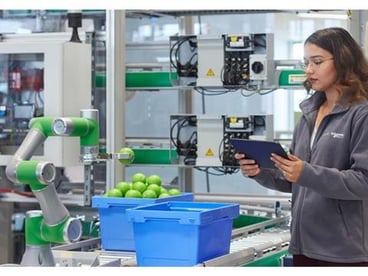 Seemingly none faster at getting smart in a hurry are those from 180-year-old, France-based Schneider Electric with its debut of Lexium RL 3 and RL 12 (and later in 2024, the RL 18; the 3, 12 and 18 designations refer to each cobot’s lifting capacity in kilos).
Seemingly none faster at getting smart in a hurry are those from 180-year-old, France-based Schneider Electric with its debut of Lexium RL 3 and RL 12 (and later in 2024, the RL 18; the 3, 12 and 18 designations refer to each cobot’s lifting capacity in kilos).
What we are seeing at MODEX is that the world does not need JUST another cobot any longer; already there are over 60 cobot vendors selling in excess of 120 cobot models worldwide. “Smart” robots, however, are and will be in great demand from as many suppliers who seek to develop them.
Here’s why.
The Lexium lineup is paired with Schneider’s digital twin which could easily make a big difference when purchase time rolls around. Digital twin software allows businesses to create a virtual digital copy of, say, a Lexium RL 12, and the digital twin would then optimize the cobot’s operation as well as provide a simulation environment in which to try out new procedures before being attempted in the real world.
Schneider says that “digitizing these processes can reduce time to market by up to 50% and commissioning time by up to 60%.
Digitization, which includes advances in AI/ML (machine learning), the Internet of Things (IoT), and now digital twins, is the way forward toward Industry 5.0, said Schneider Electric.
As the IFR article above in today’s blog forecasts: “It’s clear that the cobot is not anywhere finished with applying itself to new jobs and functions.”
With seemingly all vendors rushing to make their cobots “smart” (as seen at MODEX from multiple vendors), the IFR forecast is becoming realized faster than previously thought. And the Lexium lineup is another cobot brand in readiness for it.
Staples tabs RightHand Robotics for help
Staples, the #14 largest online retailer in the U.S., with $8 billion in sales, needs help in its warehouses. Framingham-MA-based Staples has 40 warehouses/fulfillment centers in the U.S., and wants to reach 98% of its customers on a “next-day” delivery service.
Robot-driven automation is the only answer for its 98% goal, which is clearly evident to Staples.“We have always valued automation, and we see it as the future of e-commerce picking,” said Amit Kalra, chief supply chain officer at Staples.
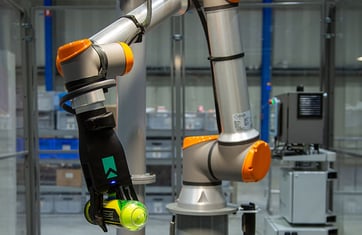 To remedy the situation, Staples has entered into a multi-year agreement with Somerville-MA-based RightHand Robotics. In the joint announcement, RightHand’s RightPick robots will be deployed across the floors of Staples fulfillment centers. The robots, which will fit into larger fulfillment automation plans at the office supplies giant, perform item handling with an underlying goal of shortening delivery times. Staples carries about 7,500 SKUs, which is not an overly arduous task to automate.
To remedy the situation, Staples has entered into a multi-year agreement with Somerville-MA-based RightHand Robotics. In the joint announcement, RightHand’s RightPick robots will be deployed across the floors of Staples fulfillment centers. The robots, which will fit into larger fulfillment automation plans at the office supplies giant, perform item handling with an underlying goal of shortening delivery times. Staples carries about 7,500 SKUs, which is not an overly arduous task to automate.
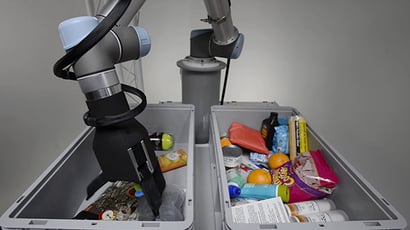 Staples must contend with Amazon eating away large chunks of its business. Speedy delivery, a la Amazon, seems to be the future and Staples wants to be ready.
Staples must contend with Amazon eating away large chunks of its business. Speedy delivery, a la Amazon, seems to be the future and Staples wants to be ready.
Data from Euromonitor shows a steep decline at office supply and stationary stores over the past five years, with the market contracting by 38% between 2016 and 2021. Although Staples controls the largest chunk of the sector, Amazon is still out there lurking.
Founded in 2015, the company’s mission according to RightHand Robotics: is “To build intelligent machines so that humans don’t have to be robots.”
There’s that word intelligent used in conjunction with cobots again. The company’s RightPick robots “will run on artificial intelligence (AI)-powered software, also provided by RightHand.”
The RightPick system includes hardware, sensors, and software. In a trial phase of the system at a Staples DC, the two companies claim “that RightHand Robotics “nearly doubled the range of items” that its stations can accommodate. (See video)
![]()
The post “What’s New in Robotics? 15.03.2024” by [email protected] (Tom Green) was published on 03/14/2024 by blog.robotiq.com



